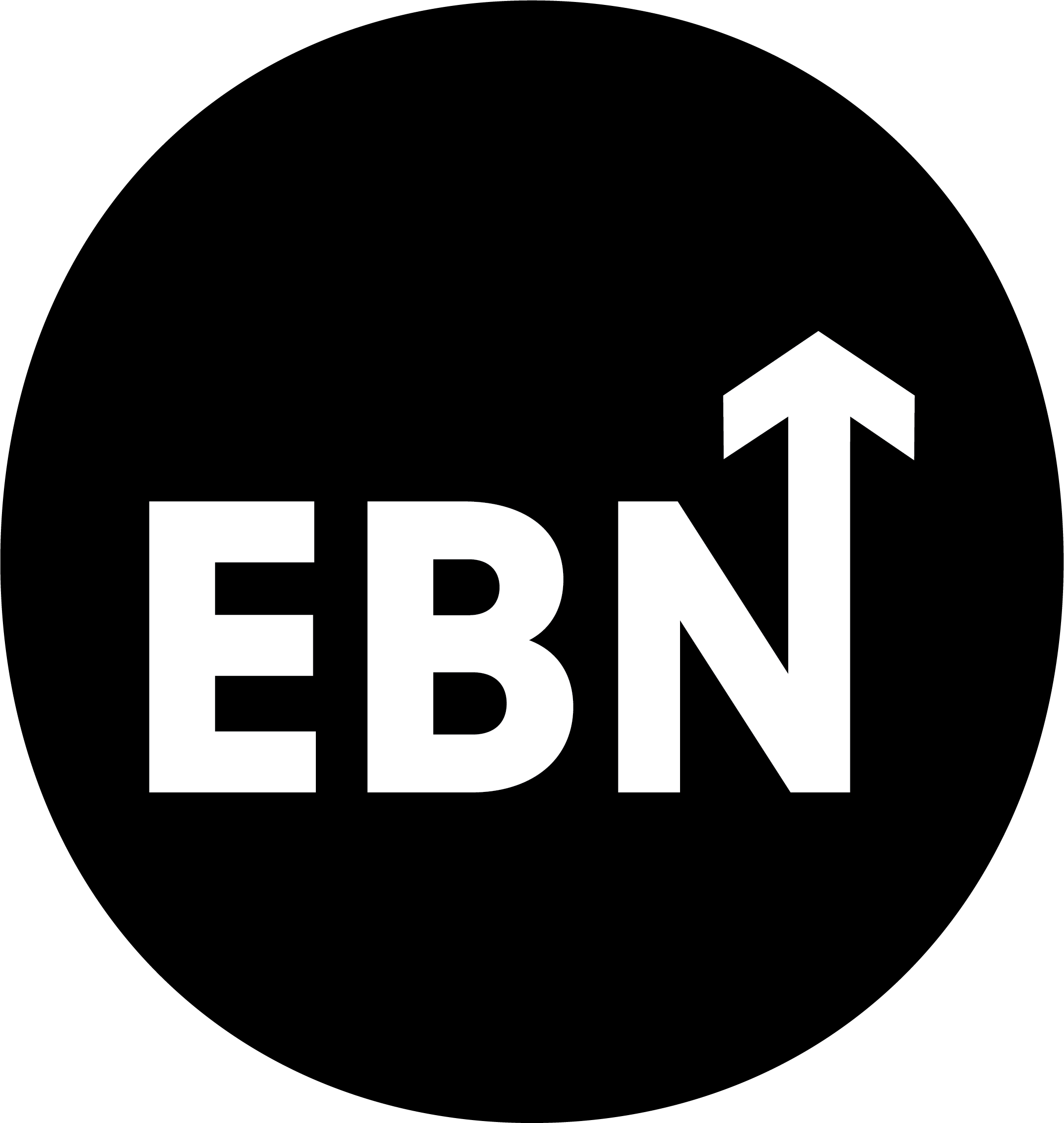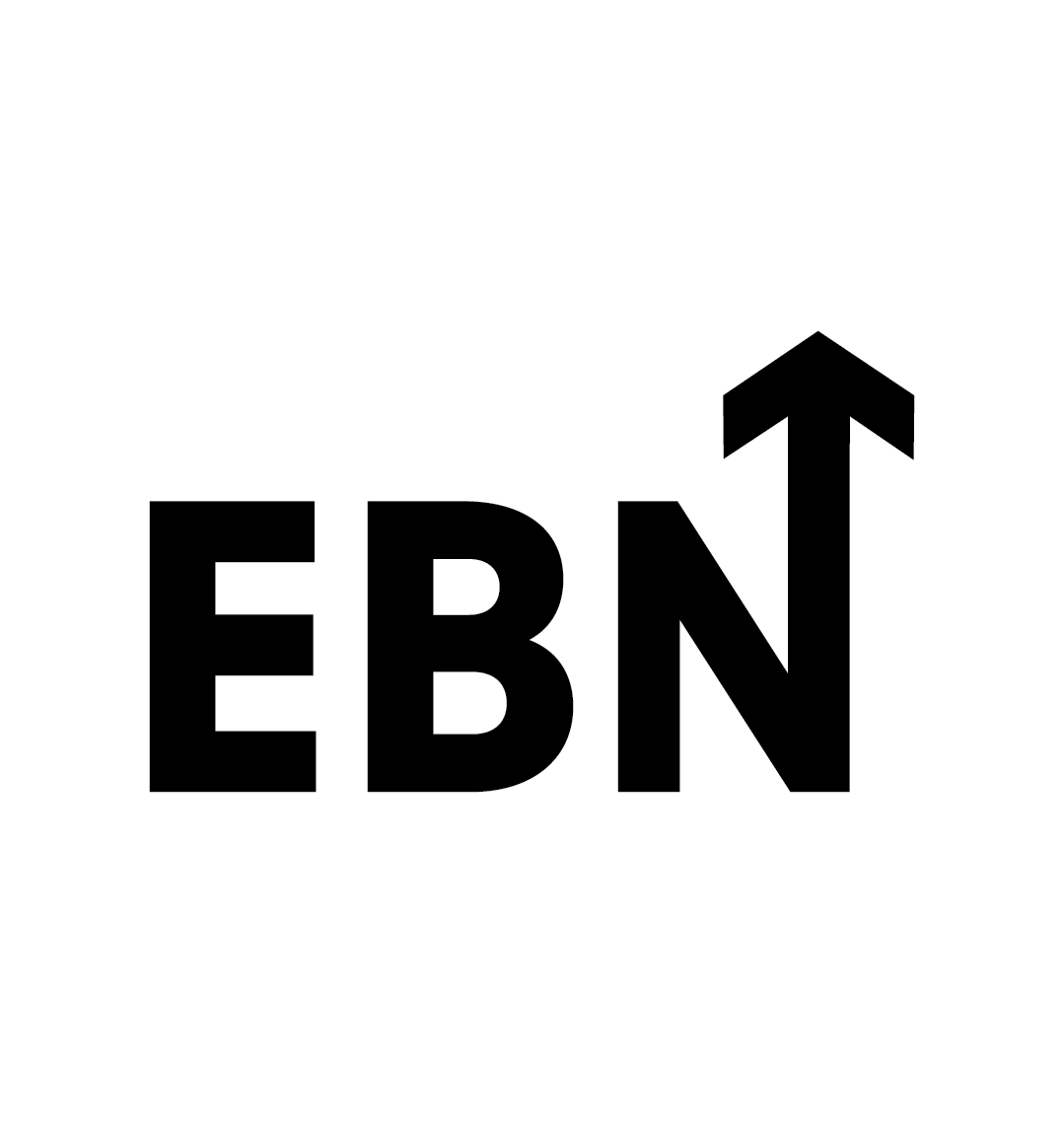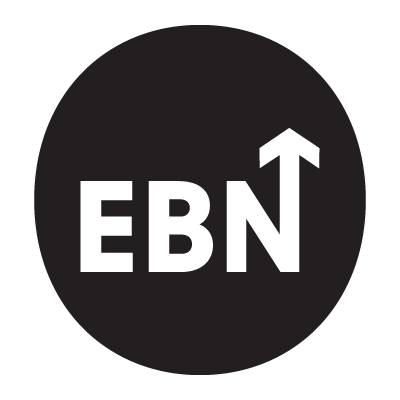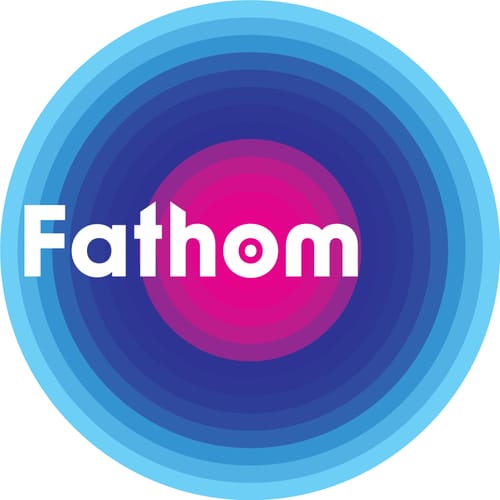Navigating the Evolving Talent Landscape: Insights from the Universum EB Now 2024 Survey
The EB Now 2024 Survey, conducted by Universum across 50 countries with 876 respondents, offers valuable insights into the latest recruitment and employer branding trends. This executive summary highlights key findings from the survey, focusing on the perspectives of the World's Most Attractive Employers (WMAE) and strategies for enterprises and SMEs.
Executive Summary
Recruitment Outlook
While recruitment needs are marginally down compared to 2023, the hiring environment remains challenging, particularly for IT/engineering roles. The majority of companies continue to report difficulties in hiring people with the right skills, especially in advanced economies.
Employer Branding Priorities and Budgets
Employer branding remains a top priority, especially for larger companies and the WMAE. Average WMAE employer branding budgets have remained stable at around $3.7 million annually.
Shifting Skill Requirements
With increasing AI adoption, qualities like problem-solving, collaboration, adaptability, and learning agility are seen as more important for recruits compared to 2023.
Employer Value Proposition (EVP) Focus
Most companies have developed an EVP, with a growing focus on purpose, diversity & inclusion, and innovation among the WMAE. There is an increasing trend towards more target-specific communication rather than uniform global consistency in EVP messaging.
Career Mobility and Recruitment Channels
Internal career mobility has become a major priority, especially for very large companies. For student recruitment, physical events have regained importance for the WMAE, while social media and career sites remain crucial. For professional recruitment, employer/career sites, employee referrals, and professional networks are the top channels.
Momentum isn’t always progress, especially when you always end up back where you started.
Fathom helps you escape the loop. With insight, not intuition.
Technology Adoption
Recruitment chatbots appear to be the AI technology with the greatest uptake, especially among larger companies and the WMAE. Data-driven decision-making for employer branding is becoming more prevalent, particularly among the WMAE.
Key Performance Indicators (KPIs)
Brand awareness, social engagement, and consideration ranking are commonly used as employer brand KPIs. For recruitment KPIs, time to hire, number of applicants, offer acceptance rate, and quality of hire are widely tracked.
For Enterprises
The hiring landscape remains challenging, especially for tech roles. However, your deep pockets give you an edge. Leverage these insights to stay ahead:

Embrace AI, But Don't Lose Your Human Touch
While AI adoption is increasing, soft skills like problem-solving, collaboration, and adaptability are becoming more valued. Recruit for these qualities and use AI tools like chatbots to streamline processes, not replace human interactions.
Build a Powerful, Purpose-Driven Brand
With employer branding budgets holding steady at $3.7 million, you can afford to craft a compelling brand story. Focus on purpose, diversity, and innovation - qualities top talent craves. But ensure your messaging resonates with specific audiences rather than being a generic global pitch.
Make Career Mobility a Priority
Internal career growth is a major focus for large enterprises. Invest in robust talent frameworks, skills mapping, and mobility platforms to retain your best people and enhance your employer brand.
Get Personal with Candidate Engagement
Top channels for professionals are career sites, employee referrals, and professional networks. But don't rely solely on digital - physical events are regaining importance for student recruitment among leading employers. Tailor your approach to different audiences.
Measure What Matters
Track metrics like quality of hire, offer acceptance rates, and time to hire. And monitor your brand's social engagement and competitor ranking to gauge your appeal as an employer.
Helping HR, talent acquisition, employer branding, and company culture professionals find careers worth smiling about.
For SMEs
With limited resources, you must be scrappy and creative to attract talent. Here's how to level the playing field:

Craft a Compelling Purpose
You may not have the budget for flashy campaigns, but you can sell a powerful vision and mission. Purpose resonates with candidates, so highlight how your company makes a positive impact.
Get Savvy with Social Media
While career sites and employee referrals are crucial, social media remains a cost-effective channel for reaching candidates. Get creative with content that showcases your culture and employee stories.
Prioritize Learning and Growth
Top candidates value learning agility and career development. Emphasize training opportunities, mentorship programs, and clear growth paths to compensate for limited vertical mobility.
Leverage AI Intelligently
You may not have the resources for advanced AI, but chatbots can streamline recruitment processes. Implement them judiciously to enhance candidate experience without losing the human touch.
Focus on Quality Over Quantity
With smaller hiring volumes, you can afford to be more selective. Prioritize cultural fit and potential over ticking every box. Measure quality of hire to ensure you're attracting the right talent.
Whether you're a corporate giant or a lean startup, staying agile and human-centric is key in today's rapidly evolving talent landscape. Embrace innovation, but never lose sight of the fundamental truth: people are your greatest asset.
Takeaways
What are the top recruitment trends for 2024?
The top trends include increasing AI adoption, a focus on soft skills, and internal career mobility. Employer branding and data-driven decision-making are also crucial.
How important is employer branding in recruitment?
Employer branding is extremely important, especially for large companies. It helps attract and retain top talent by conveying a compelling value proposition.
What skills are most in demand in 2024?
Skills like problem-solving, collaboration, adaptability, and learning agility are increasingly important due to AI adoption and evolving workplace demands.
How can SMEs compete with larger companies in recruitment?
SMEs can compete by emphasizing a compelling purpose, leveraging social media creatively, prioritizing learning and growth, and focusing on quality hires over quantity.
What are the key KPIs for measuring recruitment success?
Common KPIs include time to hire, number of applicants, offer acceptance rate, and quality of hire. For employer branding, brand awareness and social engagement are critical.
How is AI impacting recruitment?
AI is streamlining recruitment processes through tools like chatbots and enhancing data-driven decision-making. However, maintaining human interaction remains vital for a positive candidate experience.
Conclusion
Staying ahead in recruitment requires a blend of innovation and human-centric strategies. By leveraging AI, building strong employer brands, and prioritizing career mobility, both enterprises and SMEs can navigate the evolving talent landscape effectively. Remember, your people are your greatest asset, so keep their needs and aspirations at the forefront of your recruitment efforts.







